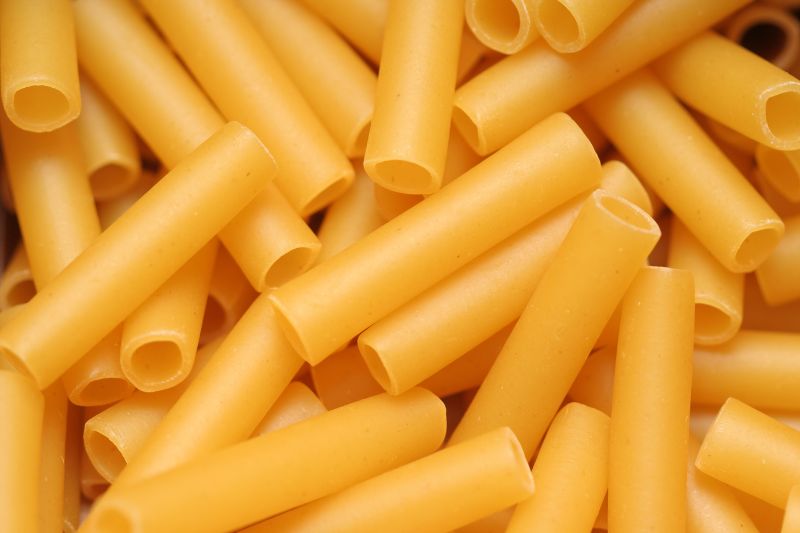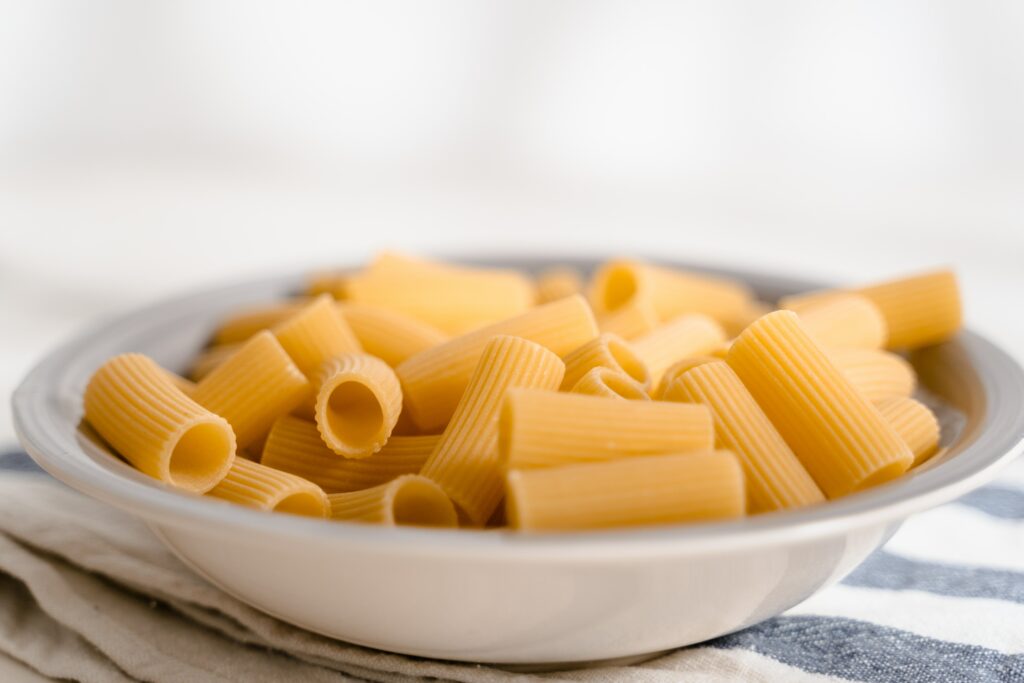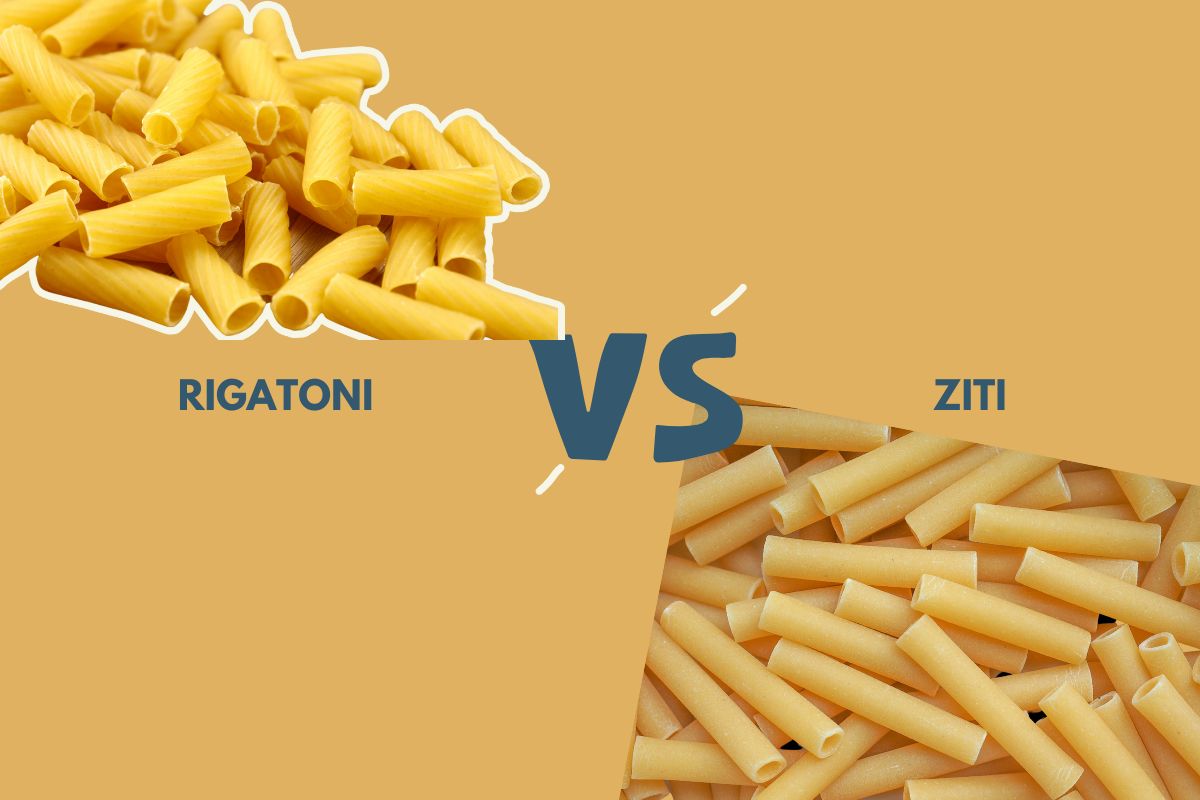These two kinds of pasta are definitely among the most popular and cherished in the world of pasta. In fact, you may even have a box of either in your house. And that’s mainly because of the adaptability of each.
Before we get into the differences between these pasta kinds, let’s look at how similar they are. Ziti and rigatoni are both extrusion-process pastas, meaning the dough is pressed through a die tool to form the required shape. They have large surface areas, which is fantastic for absorbing and housing sauces.
What is Ziti?
Although there is a “rigate” variety of ziti, this pasta is generally short and thick, with a smooth exterior. Ziti, which means “the betrothed” in Italian, originated in Naples and is customarily offered as the first dish during a marriage.

With its hollow centers, ziti is best suited for thick recipes and meat dishes that stick to the belly. Baked, sauce-laden pasta dishes topped with cheese are where you’ll most often find ziti.
What is Rigatoni?
Rigatoni is an Italian pasta tube of various lengths and diameters and may be slightly curved. Some ridges run along the pasta’s length but can spiral around the tube. When cutting rigatoni, the ends are sliced squarely into the tube.
The Italian term rigato, which means “ridged” or “lined,” is the source of the word rigatoni. And this pasta is linked to the cuisine of central and southern Italy. Rigatoni is similar in size to penne. However, it is smaller than penne.

Ziti Vs. Rigatoni: What’s the Difference?
Ziti is generally used for sauces containing meat and meat substitutes. Rather than using smooth ziti, try using ridged rigatoni. Everything else, including the shape and feel, is identical. The texture differences between Ziti and Rigatoni can be summarized as follows:
- Ziti has a distinct texture and cut that distinguishes it from rigatoni.
- Although it’s a bit curved, rigatoni is smaller than ziti and doesn’t have the same curve as elbow macaroni.
- Rigatoni pasta is slightly larger than Ziti pasta, but some kinds of Rigatoni and Ziti pasta may look alike.
- Rigatoni is more expensive than ziti, but it’s worth it.
- If you’re making a pasta dish, rigatoni is always cut with grooves, while ziti is more likely to have smooth outside edges.
- Ridges are thicker in rigatoni than those in ziti if they have grooves, but ziti is not as thick.
- Rigatoni can be curved, while ziti can be straight or slanted.
- Ziti comprises a smaller opening than rigatoni.
- Rigatoni is shorter than ziti.
Conclusion
Conclusively, rigatoni and ziti are different forms of pasta. Still, both types of pasta are of medium size and are tubular in shape. However, there will be no problem with substituting one for the other. It will all come down to your preference in shape and size when choosing between them.
